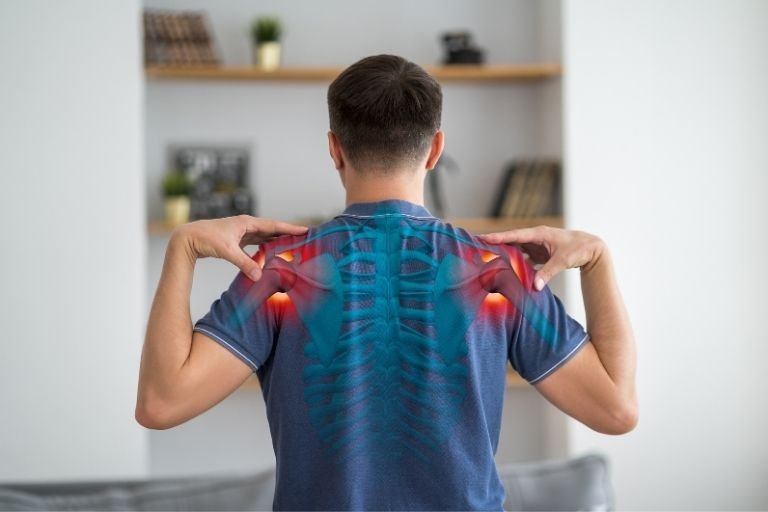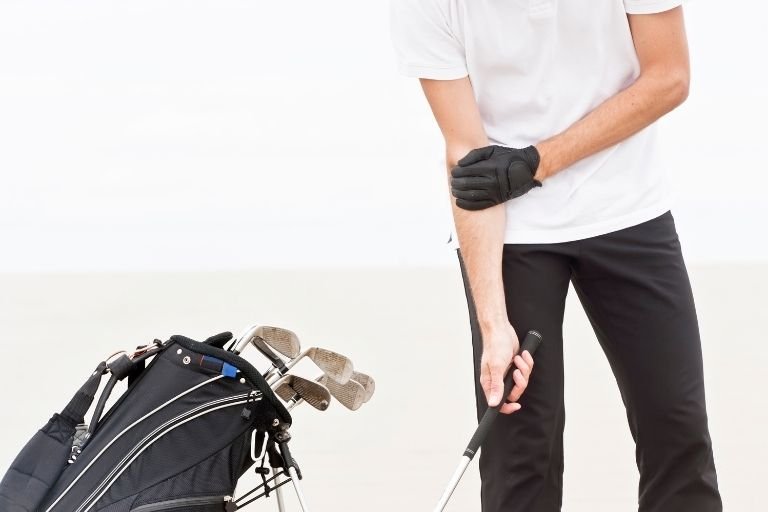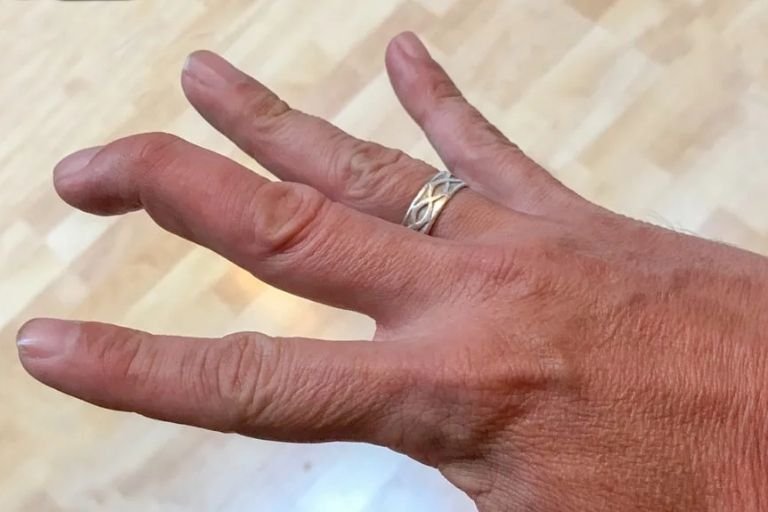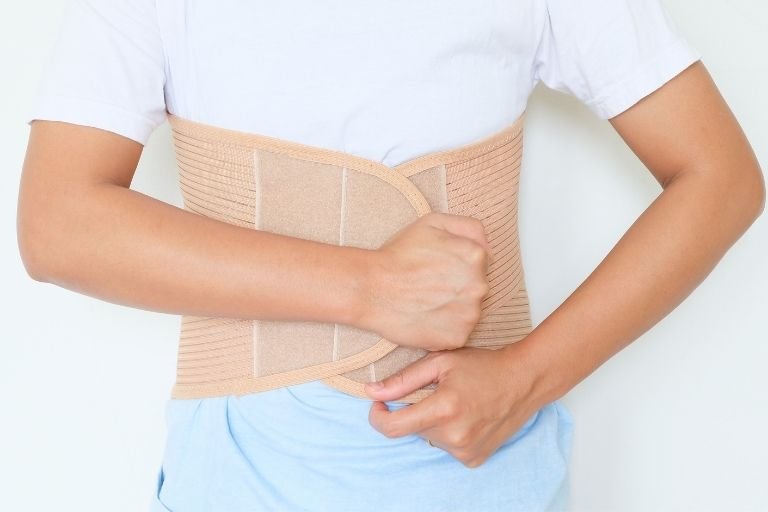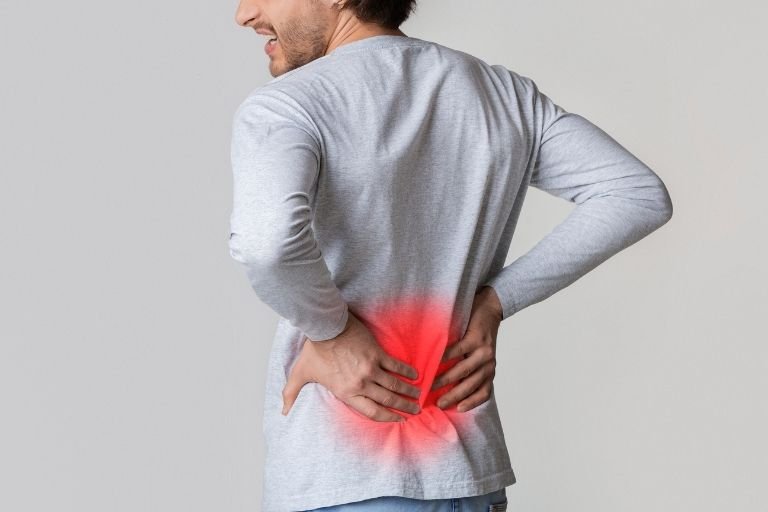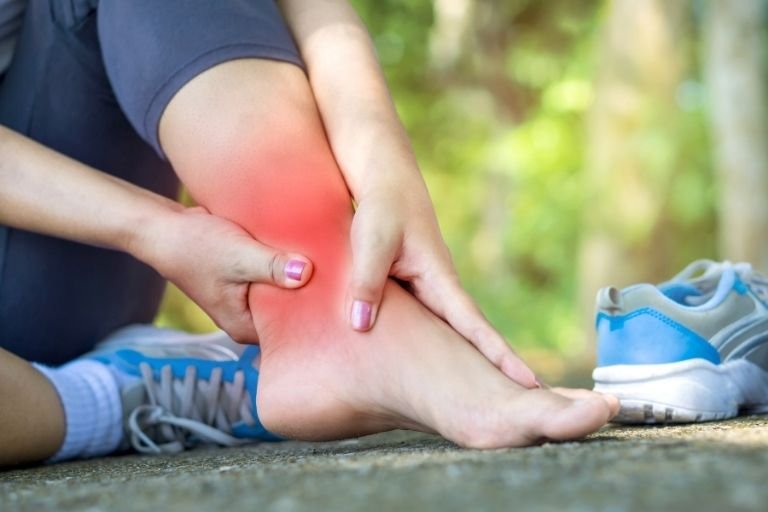- Fitwell Physiotherapy
Hammer Toe

Please submit your details below.
Symptoms:
- Toe Deformity: The affected toe(s) bend downward instead of pointing forward.
- Pain: Pain may occur in the affected toe joints, particularly when wearing shoes or walking.
- Corns and Calluses: Due to friction and pressure, corns and calluses can develop over the bent joints.
- Difficulty Moving the Toe: Limited movement and flexibility in the affected toe(s) may be experienced.
- Swelling: Inflammation and swelling around the affected toe joint(s) may occur.
Causes:
- Foot Structure Abnormalities: Genetic predisposition or foot structure abnormalities can contribute.
- Footwear: Wearing tight, narrow, or high-heeled shoes that force the toes into a bent position can lead to hammer toe.
- Muscle Imbalance: Imbalances in the muscles and tendons that control toe movement can cause the toe to bend abnormally.
- Injuries: Toe injuries, such as fractures or dislocations, can increase the risk of developing hammer toe.
When to See a Physiotherapist:
- If you experience persistent toe pain, stiffness, or difficulty walking.
- If hammer toe symptoms interfere with daily activities.
- Prompt attention can prevent the condition from worsening.
Risks:
- Worsening Deformity: Without intervention, hammer toe can worsen over time, leading to more severe pain and functional impairment.
- Foot Ulcers: Pressure from the bent toe against footwear can cause friction and lead to the formation of foot ulcers, particularly in individuals with diabetes or poor circulation.
How to Prevent:
- Proper Footwear: Wear shoes with a wide toe box and low heels to prevent crowding and pressure on the toes.
- Toe Exercises: Perform toe-stretching and strengthening exercises to maintain flexibility and muscle balance.
- Orthotic Inserts: Use orthotic inserts or pads to alleviate pressure on the affected toes and improve foot alignment.
- Regular Foot Checks: Inspect your feet regularly for any signs of toe deformities or abnormalities.
Treatments:
- Physiotherapy: Physiotherapy can help alleviate pain and improve toe flexibility through stretching and strengthening exercises.
- Orthotic Devices: Custom-made orthotic devices or toe splints can help straighten the toe and alleviate pressure.
- Medications: Over-the-counter pain relievers or corticosteroid injections may be recommended to alleviate pain and inflammation.
- Surgery: In severe cases where conservative measures fail, surgical correction may be necessary to straighten the toe and realign the joint.
Prompt intervention and lifestyle modifications can effectively manage hammer toe symptoms and prevent complications. Regular follow-ups with a healthcare professional are essential for monitoring the condition’s progress and adjusting the treatment plan as needed.
Frequently Asked Questions
Recovery time can vary depending on factors such as the severity of the rupture, treatment approach, and individual healing capacity. Typically, recovery may take anywhere from 4 to 12 months. However, full return to pre-injury activities may take longer.
Treatment options include both surgical and non-surgical approaches. Non-surgical treatment may involve immobilization with a cast or walking boot, followed by physical therapy. Surgical repair may be recommended for younger, active individuals or severe ruptures, involving reattaching the torn tendon ends surgically.
Rehabilitation typically involves a progressive program focused on restoring strength, flexibility, and function of the affected leg. Initially, emphasis may be on protecting the healing tendon, followed by exercises to improve range of motion, strength, and eventually, functional activities such as walking and running.
While it’s not always possible to prevent all injuries, certain measures can reduce the risk of re-injury. These may include following a structured rehabilitation program, gradually returning to physical activities, wearing appropriate footwear, and incorporating exercises to strengthen the calf muscles and improve ankle stability.
Returning to sports or physical activities should be gradual and guided by your healthcare provider or physical therapist. Typically, athletes may start with low-impact activities such as swimming or cycling before progressing to higher-impact sports. The timing of return will depend on factors such as healing progress, strength, flexibility, and functional ability. It’s essential to avoid rushing the return to sports to minimize the risk of re-injury.






















